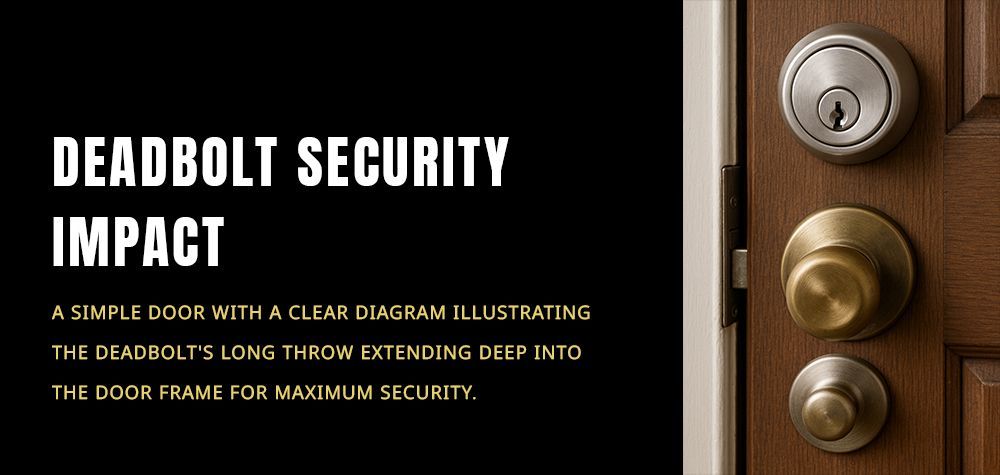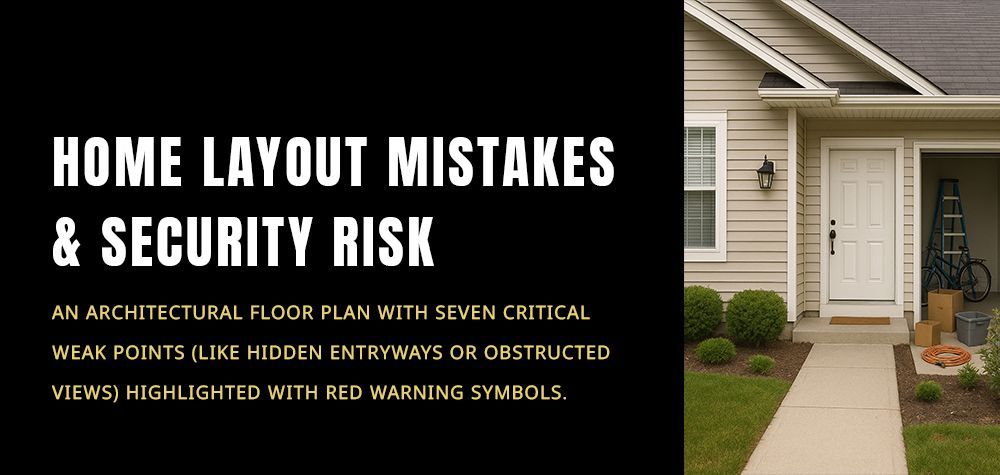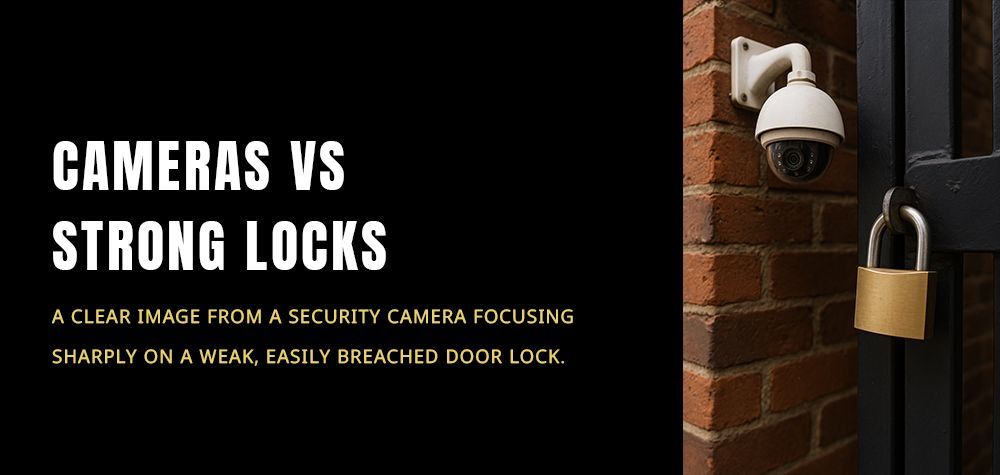The Role of Panic Bars and Exit Devices in Commercial Safety
In commercial spaces, safety is never just an afterthought—it’s a legal requirement and a moral responsibility. Whether you operate a bustling retail store, a corporate office, or a healthcare facility, one crucial component stands between chaos and calm during emergencies: panic bars, also known as exit devices.
You’ve probably seen them on the back doors of large buildings—the long horizontal bars that unlatch doors with a simple push. But what many don’t realize is how vital these mechanisms are in life-or-death scenarios like fires, power outages, or active shooter situations. Panic bars can literally save lives, and their proper installation is a key part of commercial safety compliance.
Let’s dive deep into what panic bars are, how they work, why they’re legally required in many settings, and how to ensure your business is up to code and truly safe.
"What to Do If Your Office Safe Won’t Open"
What Are Panic Bars and Exit Devices?
A panic bar is a type of door-opening mechanism designed for fast, effortless egress. Instead of needing to twist a knob or turn a key, a user simply pushes the bar, and the door opens immediately—allowing crowds to exit swiftly, especially under stress.
These devices were invented after tragic events like the 1903 Iroquois Theatre fire in Chicago, where over 600 people died, partly because exit doors opened inward and were difficult to unlock quickly.
Today, panic bars are standard in high-occupancy commercial settings, not only for safety but also because they comply with modern building and fire codes.
How Panic Bars Work: Simple Yet Life-Saving Mechanics
The genius of a panic bar lies in its simplicity and reliability. The bar is spring-loaded and connected to a latch mechanism inside the door. When the bar is pressed:
- It retracts the latch or bolt instantly.
- No twisting, pulling, or keys are needed.
- It allows one-way egress, preventing unauthorized entry from the outside.
Some panic bars also include features like alarms, electric strike compatibility, or automatic locking for added security.
Where Are Panic Bars Required?
In most countries and U.S. states, building codes dictate panic bar installation for commercial or public-access buildings, particularly if they fall into these categories:
- High occupancy (usually 50+ people)
- Educational institutions, schools, or daycares
- Healthcare facilities
- Retail buildings and malls
- Industrial sites with hazardous equipment
- Emergency exits and fire doors
Ignoring these codes doesn’t just pose safety risks—it can result in fines, insurance issues, and liability lawsuits in the event of an emergency.
Why Panic Bars Matter: More Than Just a Safety Feature
Panic bars offer multiple layers of protection and efficiency that go beyond just emergency exits.
1. Faster Evacuation Saves Lives
In emergencies, seconds count. Panic bars allow mass egress with minimal effort, even for children or elderly individuals. They reduce bottlenecks at exits and help people exit instinctively.
2. Prevention of Crowd Crush
In panicked situations, people surge toward exits. Doors that swing inward or require fiddling with knobs create deadly traffic jams. Panic bars eliminate this risk by facilitating outward-opening doors that unlatch instantly.
3. Compliance with Building and Fire Codes
Having the right exit hardware isn't just a recommendation—it’s a legal requirement. Installing panic bars ensures your business complies with OSHA, NFPA, ADA, and local fire regulations. Noncompliance can result in shut-downs or severe fines.
4. Reduced Liability
In case of an emergency, if someone gets injured due to a locked or inaccessible exit, your business could be held liable. Installing panic bars minimizes this risk by proving that you took reasonable safety precautions.
5. Improved Accessibility
Modern panic bars are ADA-compliant, which means they’re usable by people with disabilities, including those in wheelchairs. This enhances your building’s overall inclusivity and legal compliance.
Types of Panic Bars: What Suits Your Business?
Choosing the right panic bar involves understanding the nature of your building and foot traffic.
Rim Panic Devices
These are surface-mounted and most common for single doors. They’re affordable, easy to install, and ideal for retail stores, restaurants, and small offices.
Vertical Rod Panic Devices
These secure both the top and bottom of the door and are better suited for double doors or situations where the door needs extra strength.
Mortise Panic Devices
These are embedded within the door and offer a sleeker appearance with strong internal locking. They’re common in upscale commercial environments or where aesthetics matter.
Alarmed Exit Devices
These come with a built-in alarm that sounds when the door is used—great for securing emergency exits that should only be used in emergencies.
Electrified Panic Bars
Perfect for smart access control systems, these can integrate with card readers or keypads for better traffic management and security.
Installation Considerations: Getting It Right the First Time
Installing a panic bar isn’t just about attaching a piece of hardware. It requires proper alignment, compliance checks, and testing to ensure it functions during an actual emergency.
Key considerations include:
- Ensuring door swings outward
- Installing at an ADA-compliant height (34–48 inches above the floor)
- Making sure there's no need for tight grasping, pinching, or twisting
- Testing the device regularly
For most businesses, it's best to hire a licensed commercial locksmith who understands building codes and safety regulations.
Maintaining Your Panic Bars: A Silent Duty
Once installed, don’t forget to maintain them. Dust, moisture, or physical damage can affect performance. Regular inspections should include:
- Checking for loose components
- Ensuring free latch retraction
- Lubricating moving parts
- Testing for consistent release under pressure
Many businesses include panic bar checks as part of their fire drill or safety inspection routine—and so should you.
Conclusion: Safety Starts at the Exit
Panic bars and exit devices are a small investment with massive returns in safety, compliance, and peace of mind. They may sit quietly at the back door, but when the moment comes, they make the difference between calm evacuation and catastrophe.
If your commercial space is still relying on outdated or non-compliant exit hardware, it's time to upgrade. And if you're unsure what your building needs, a licensed commercial locksmith can assess, install, and maintain panic bars to keep everyone safe.
Call Us Any Time!






